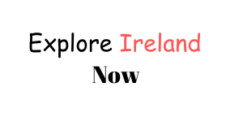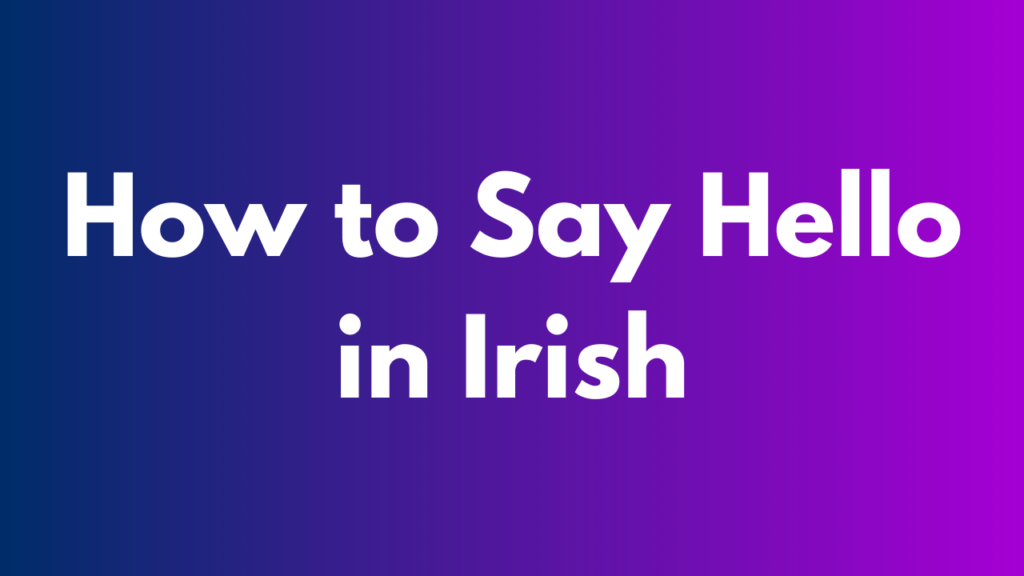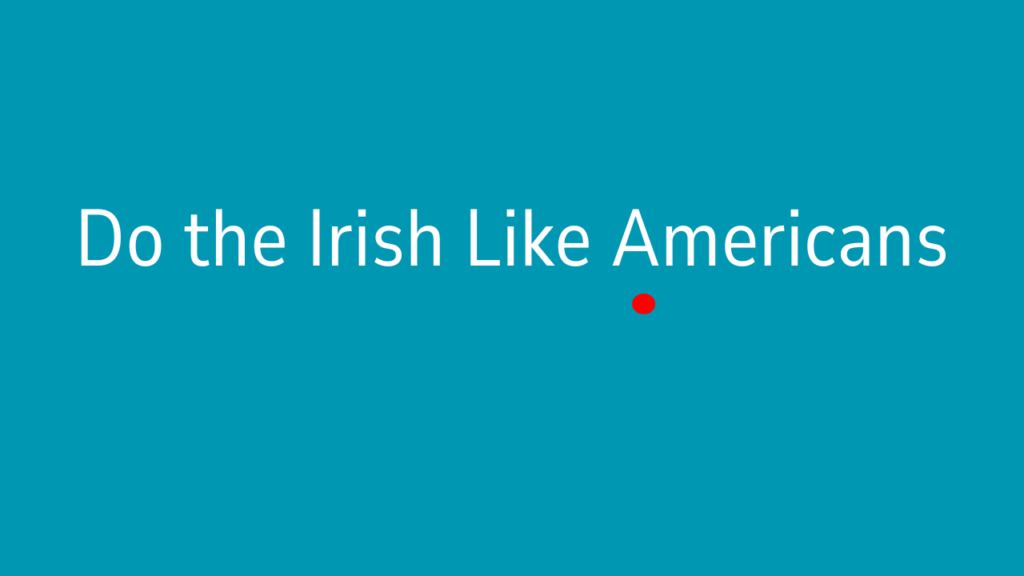Learning how to say “hello” in Irish is not only a great way to connect with the culture of Ireland but also an excellent step toward appreciating one of the oldest languages in the world. In this article, we’ll explore the different ways to greet people in Irish, the contexts in which they’re used, and even some fun phrases to try out.
Why Learn to Say Hello in Irish?
- Cultural Connection: Irish (Gaeilge) is a key part of Ireland’s identity.
- Tourism: Impress locals when visiting Ireland.
- Language Revival: Help keep the Irish language alive and thriving.
1. The Basics: “Dia Dhuit” (Hello)
The most common way to say hello in Irish is “Dia dhuit” (pronounced “dee-ah ghwitch”), which means “God be with you.” It is a traditional greeting deeply rooted in Ireland’s history and culture.
How to Respond:
- When someone says “Dia dhuit,” you respond with “Dia is Muire dhuit” (pronounced “dee-ah iss mwir-eh ghwitch”), meaning “God and Mary be with you.”
2. Other Common Irish Greetings
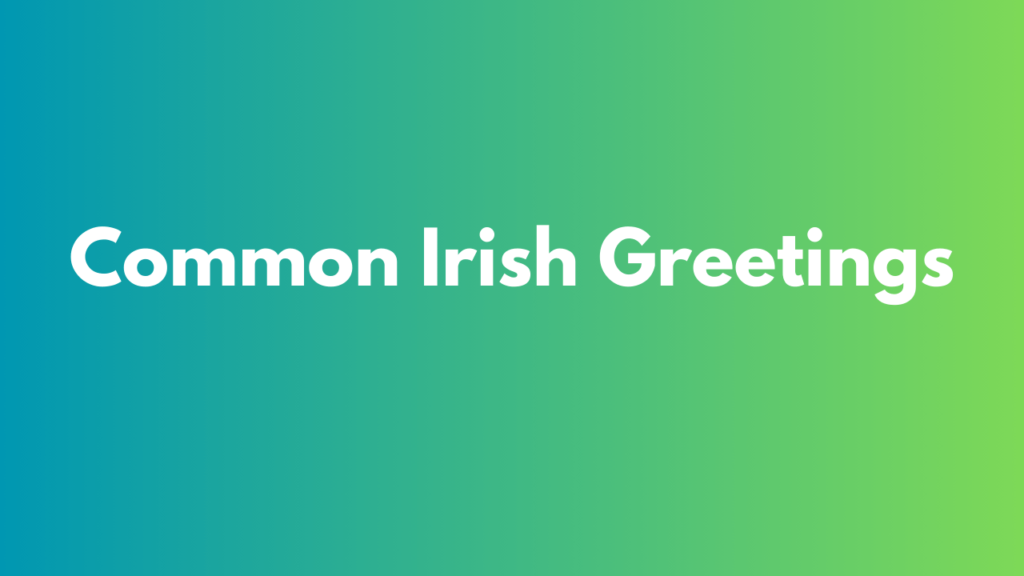
Here are other popular ways to greet someone in Irish, depending on the situation:
| Irish Greeting | Pronunciation | Meaning | When to Use |
|---|---|---|---|
| Dia daoibh | dee-ah yeev | Hello (to multiple people) | When greeting a group |
| Haigh | Hi | Hi | Informal, modern usage |
| Conas atá tú? | kuh-niss ah-taw too | How are you? | Friendly follow-up after “hello” |
| Cén chaoi a bhfuil tú? | khen-kwee ah will too | How are you? | More formal version of the above |
3. Regional Variations of “Hello” in Irish
Different regions in Ireland have their unique ways of saying hello. Here are a few:
In Munster:
- “Dia is Muire dhuit” is more commonly used.
In Connacht:
- People often say “Conas atá tú?” immediately after “Dia dhuit.”
In Ulster:
- You might hear “Caidé mar atá tú?” (pronounced “kah-day mar ah-taw too”), meaning “How are you?”
4. Greetings for Specific Times of the Day
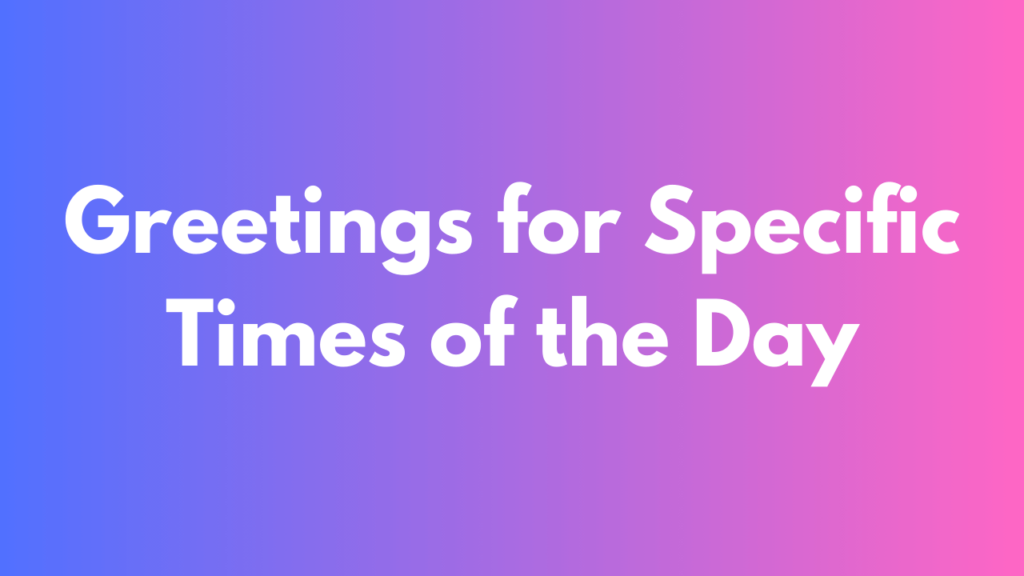
In Irish, greetings can change based on the time of day. Here’s a breakdown:
| Greeting | Pronunciation | Meaning | When to Use |
|---|---|---|---|
| Maidin mhaith | mah-jin wah | Good morning | Early in the day |
| Tráthnóna maith | traw-no-nah wah | Good afternoon | Midday to early evening |
| Oíche mhaith | ee-ha wah | Good night | Evening or before bed |
5. Fun and Informal Greetings in Irish
For casual settings, try these greetings:
- “A chairde” (uh khar-jeh) – Friends!
- “Haigh a chara” (hi uh khar-uh) – Hi friend!
- “Slán leat” (slawn lyat) – Goodbye! (but sometimes used as a casual “hello” among friends)
6. How to Use Body Language with Irish Greetings
Non-verbal communication can make your Irish greeting more effective. Here are some tips:
- Smile: A warm smile adds friendliness to any greeting.
- Handshake: Common in formal settings.
- Wave: Perfect for informal situations or when greeting from a distance.
7. Greetings in Irish for Special Occasions
| Occasion | Greeting | Pronunciation | Meaning |
|---|---|---|---|
| St. Patrick’s Day | Lá Fhéile Pádraig sona duit | law ay-la paw-drig sun-uh gwitch | Happy St. Patrick’s Day |
| Weddings | Go raibh maith agat | guh rev mah ah-gut | Thank you (as a greeting) |
| Celebrations | Sláinte mhaith | slawn-che wah | Good health |
8. A Beginner’s Guide to Irish Phonetics
Understanding Irish pronunciation is key to greeting people correctly. Here are some tips:
- Broad and Slender Vowels: Irish vowels change depending on their position in a word.
- “Dh” and “Gh” Sounds: Soft, almost like “y” in “yellow.”
9. Tips for Practicing Irish Greetings
- Use Flashcards: Write the greeting on one side and its pronunciation on the other.
- Practice with Locals: Join Irish language meetups or chat groups.
- Watch Irish TV: Shows like Ros na Rún often feature common greetings.
10. Frequently Asked Questions (FAQs)
1. What is the most common way to say hello in Irish?
The most common greeting is “Dia dhuit” (pronounced “dee-ah ghwitch”), meaning “God be with you.” It is widely used and respected across Ireland.
2. How do I respond to “Dia dhuit”?
You respond with “Dia is Muire dhuit” (pronounced “dee-ah iss mwir-eh ghwitch”), meaning “God and Mary be with you.” This is the traditional reply.
3. Can I use “Haigh” instead of “Dia dhuit”?
Yes, you can use “Haigh” (pronounced “Hi”), but it’s an informal, modern greeting. It’s more commonly used in casual settings or by younger people.
4. Are there different ways to greet groups of people?
Yes, when greeting more than one person, use “Dia daoibh” (pronounced “dee-ah yeev”), which means “God be with you all.”
5. Do greetings in Irish change based on the time of day?
Yes, here are some examples:
- Maidin mhaith (Good morning)
- Tráthnóna maith (Good afternoon)
- Oíche mhaith (Good night)
6. Are there regional variations of greetings in Irish?
Yes, different regions in Ireland have unique expressions. For example:
- Connacht: “Conas atá tú?” (How are you?)
- Ulster: “Caidé mar atá tú?” (How are you?)
7. Is Irish still spoken widely in Ireland?
Irish is a minority language in Ireland today but is actively taught in schools and spoken fluently in areas called the Gaeltacht, such as parts of Galway, Kerry, and Donegal.
8. Do I need to know Irish to visit Ireland?
No, English is the primary language in Ireland, but locals often appreciate the effort if you use a few Irish phrases.
9. How do I greet someone formally in Irish?
For formal situations, use “Dia dhuit” or “Dia daoibh” (for groups), followed by polite small talk like “Conas atá tú?” (How are you?).
10. Can I use Irish greetings outside of Ireland?
Absolutely! Irish greetings can be a fun way to celebrate Irish culture or connect with Irish communities worldwide, especially on occasions like St. Patrick’s Day.
11. What’s the easiest Irish greeting to learn?
“Haigh” (Hi) is the simplest and easiest to use, especially if you’re new to the language.
12. What’s the difference between “Dia dhuit” and “Dia daoibh”?
- Dia dhuit: Used when greeting one person.
- Dia daoibh: Used when greeting multiple people.
13. Can I combine greetings with body language?
Yes! Adding a smile, a handshake, or a wave to your Irish greeting enhances its warmth and friendliness.
Conclusion
Saying hello in Irish is a wonderful way to connect with Ireland’s rich heritage. Whether you use the traditional “Dia dhuit” or a casual “Haigh,” you’re sure to make a positive impression. Start practicing today, and you’ll be speaking like a local in no time!

Hi, I’m Tanvir, the founder and author of Explore Ireland Now. With a deep love for Ireland and its rich culture, history, and landscapes, I created this site to share everything that makes this beautiful country worth exploring. Whether you’re a local looking for hidden gems or a traveler planning your next adventure, I provide insightful guides, tips, and recommendations to help you experience Ireland to the fullest.
From stunning landscapes to vibrant cities and quaint villages, Ireland is full of wonders waiting to be discovered. Through my personal experiences and research, I aim to bring you the most up-to-date information and inspiration for your journey.
Thank you for visiting Explore Ireland Now—I hope my content helps you uncover all that this incredible country has to offer! If you have any questions or need travel advice, feel free to reach out.
